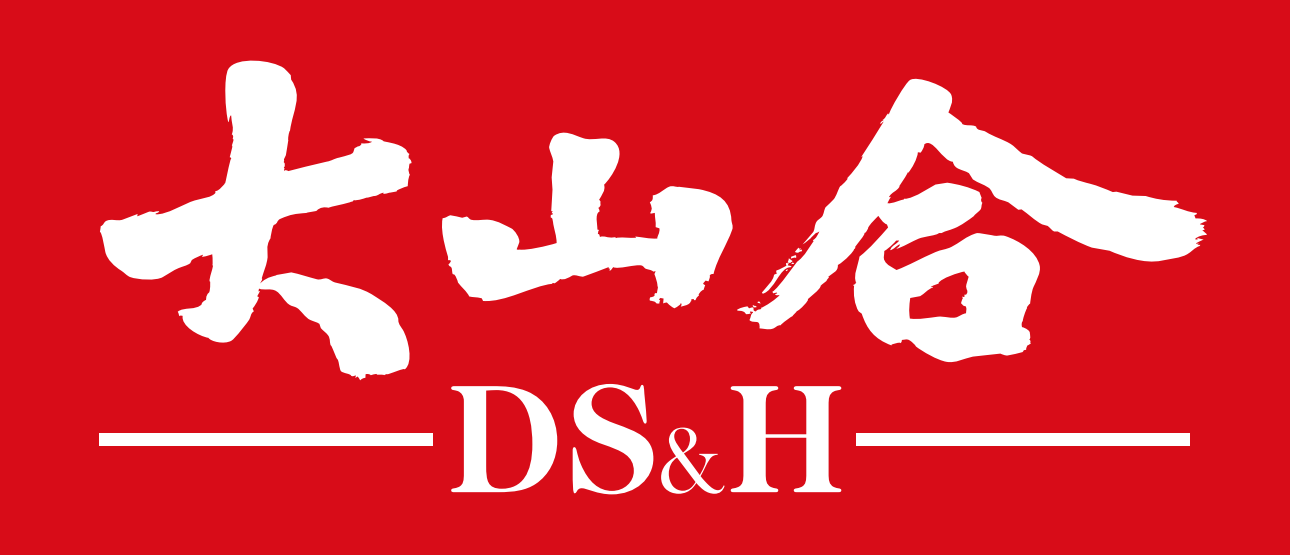
Exporting morel mushrooms
2025-06-18 22:14Exporting morel mushrooms (Morchella spp.) unlocks access to premium global markets but demands exceptional care. Their high value, wild-foraged nature, and strict international regulations create unique complexities. Here’s what exporters must know to navigate this lucrative but challenging trade:
1. The CITES Conundrum: Is Your Morel Regulated?
Potential Appendix II Listing: Certain wild morel species (notably Morchella crassipes and potentially others depending on origin) fall under CITES Appendix II. This means international trade requires permits to ensure sustainability.
Critical First Step: Before any export activity:
Verify Species: Accurately identify your morel species using scientific names. Consult national CITES Management Authorities (e.g., China’s National Forestry and Grassland Administration).
Check CITES Appendices: Use the official CITES Species Database
Origin Matters: Cultivated morels are generally exempt. Wild-sourced require extra scrutiny.
Permit Requirements: If regulated, you must obtain:
Export Permit: Issued by the exporting country’s CITES Management Authority.
Import Permit: Often required by the destination country (check their rules).
Sustainability Proof: Authorities may require evidence that harvest doesn't harm wild populations.
→ Pro Tip: Build CITES compliance into your sourcing contracts. Partner only with foragers/harvesters documenting sustainable practices.
2. Documentation: Your Export Passport
Beyond CITES permits, meticulously prepare:
Commercial Invoice: Clearly state:
Scientific Name: Morchella spp. (or specific species if known/CITES regulated)
Processing: "Dried" / "Fresh" / "Frozen"
Origin: Harvest region/country
Net Weight (Dry Weight is common)
HS Code: 0712.31.90 (Dried, most common for international trade). Verify with the destination country's specific tariff schedule!
Value: Accurate for customs valuation.
Packing List: Detailed breakdown per carton/pallet (weights, dimensions, marks).
Certificate of Origin: Mandatory for preferential tariffs (e.g., Form A for GSP).
Phytosanitary Certificate: Essential for most destinations. Issued by national plant protection authorities (e.g., China’s GACC). Proves freedom from regulated pests and compliance with import country’s plant health laws. Prepare for possible fumigation requirements.
Health Certificates / Food Safety Declarations: Mandatory for the EU, US, Japan, etc. Must align with destination regulations (e.g., EU’s microbiological criteria, pesticide MRLs). Often requires registration with the destination country’s food authority (e.g., FDA registration for USA).
Analysis Reports: Lab reports for moisture content, aflatoxins, heavy metals, pesticide residues, and microbiology add credibility and meet importer requirements.
3. Quality: The Non-Negotiable King
Price correlates directly with grade. Key aspects:
Drying Excellence (Critical for Dried):
Moisture: Strict control (typically 8-12%). Too high risks mold; too low degrades flavor/aroma.
Method: Low-temperature drying preserves volatile aromatics and lighter color (especially prized in Europe/Japan).
Color: Maintain natural honeycomb color. Avoid darkening/burning.
Shape/Integrity: Whole caps command premium pricing. Minimize broken pieces.
Rigorous Sorting & Cleaning:
Remove all forest debris, grit, sand, and non-morel matter.
Grade meticulously by size, shape, and color consistency.
Laser focus on visual appeal – buyers inspect closely.
Pest Control: Implement stringent measures throughout the supply chain to prevent infestation (post-harvest, storage, transit).
4. Sourcing & Sustainability: Building Trust
Traceability: Implement robust systems linking final product batches back to specific harvest locations and dates. Essential for quality control, recall readiness, and proving CITES/sustainability compliance.
Ethical & Sustainable Harvesting: Demand proof from suppliers that wild harvesting follows recognized sustainable practices (e.g., avoiding immature mushrooms, minimizing soil disturbance, respecting protected areas). Partner with forest communities committed to long-term stewardship. Certifications (FairWild, Organic where possible) add significant value.
Authenticity: Guarantee Morchella spp. - prevent accidental or deliberate mixing with lower-value look-alikes.
5. Logistics: Protecting Your Valuable Cargo
Packaging:
Primary: Food-grade, airtight, moisture-proof bags (often vacuum-sealed or nitrogen flushed for premium dried). Include desiccants.
Secondary: Sturdy, clean cardboard boxes preventing crushing.
Labeling: Clear product name (incl. scientific name), weight, batch/lot number, harvest date, expiry/best before date, storage instructions ("Keep in cool, dark, dry place").
Storage & Transport:
Temperature & Humidity: Crucial for dried morels - cool, dry, constant conditions. Avoid condensation at all costs.
Frozen/Fresh: Unbroken cold chain (specific temperature depending on format). Rapid processing.
Avoid Contamination: Segregate from strong odors or potential contaminants during shipping/storage.
Speed: Minimize transit time, especially for fresh/frozen.
6. Know Your Market’s Demands
EU: Extremely stringent on mycotoxins (esp. aflatoxins), pesticide MRLs, and heavy metals. Prefers lighter color, whole pieces. Organic certification is highly valued. Strict health certificate requirements.
USA: Focus on FDA compliance (FSMA), low microbial counts, pesticide levels. Flexible on grades (slices/pieces common), but premium market demands whole caps. Requires FDA facility registration.
Japan: Demands the absolute highest visual standards – perfect shape, uniform color/size, pristine cleanliness. Low-temp drying critical for aroma. Extremely sensitive to any foreign matter or defects. Stringent pesticide testing.
Other Premium Markets (UK, Canada, Australia, Gulf States): Mirror EU/US standards closely. Value organic/sustainable certifications. Gourmet focus.
